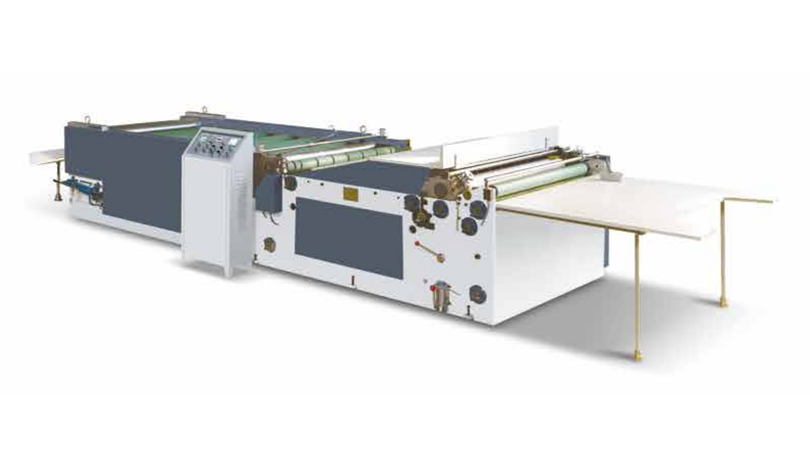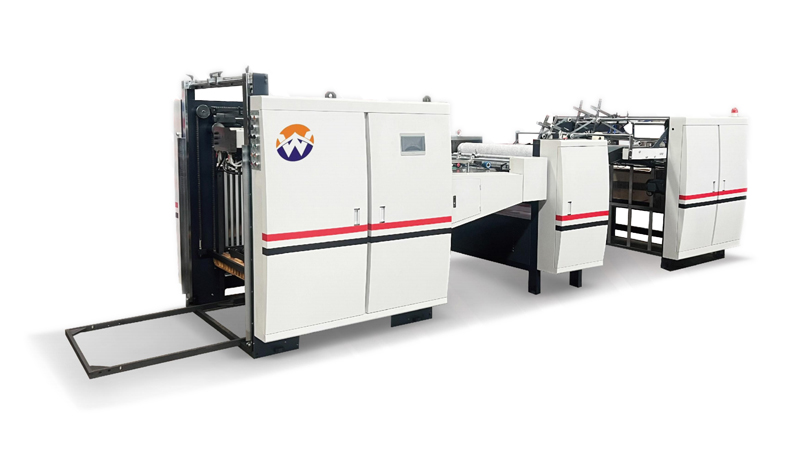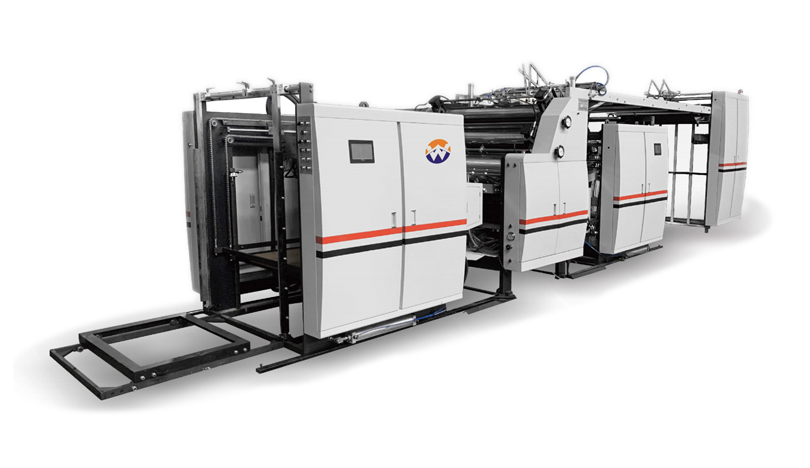 Oct 11,2025
Oct 11,2025Bubbles in film lamination are a common yet frustrating issue in automatic film laminating machines. These defects compromise product quality, reduce efficiency, and lead to material waste. To troubleshoot them effectively, we must first understand their root causes.
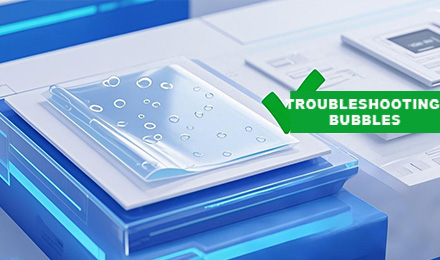
1. Key Causes of Lamination Bubbles
- Trapped Air: Improper pressure application between the nip rollers allows air pockets to form.
- Temperature Mismatch: If the laminating film and substrate differ in thermal expansion, bubbling occurs upon cooling.
- Poor Adhesion: Low surface energy (<38 dyne/cm) prevents proper film bonding.
- Moisture Contamination: Humid environments (>60% RH) can introduce vapor bubbles under heat.
- Machine Misalignment: Uneven roller pressure or incorrect web tension creates stress points.
2. Impact on Production Efficiency
Industry studies show that bubble-related defects account for ~15% of all laminating machine downtime (Packaging Digest, 2023). These issues lead to:
✔ Increased scrap rates (~5-8% material loss)
✔ Reduced machine throughput
✔ Higher maintenance costs
How Automatic Film Laminating Machines Prevent Bubbles
Modern automatic film laminating machines integrate advanced features to minimize bubble formation:
1. Precision Temperature Control (±1°C Stability)
- Heated rollers ensure uniform film expansion.
- IR sensors monitor real-time temperature to prevent overheating.
2. Adjustable Nip Roller Pressure (20-80 psi Range)
- Optimized pressure ensures complete air expulsion.
- Dynamic adjustment compensates for material thickness variations.
3. Tension Control (0.5–2.5 N/mm² Web Tension)
- Maintains consistent substrate feed, avoiding wrinkles.
- Servo-driven systems auto-correct tension fluctuations.
4. Surface Treatment Systems
- Corona treatment increases substrate surface energy.
- Primer coatings improve adhesive wetting.
Step-by-Step Bubble Troubleshooting Guide
Step 1: Pre-Lamination Checks
✅ Ensure humidity levels are 45±5% RH
✅ Preheat substrates to 30-40°C for thermal stability
✅ Clean rollers and remove adhesive residues
Step 2: Machine Calibration
- Verify nip roller parallelism (tolerance: ±0.02 mm)
- Confirm laminating speed matches adhesive curing rate
Step 3: Real-Time Monitoring Solutions
- Laser Bubble Detectors (sensitivity: 0.2 mm bubbles)
- AI Vision Systems classify bubble types (e.g., trapped air vs. adhesive failure)
Step 4: Post-Lamination Inspection
- Conduct peel tests (ASTM D903 standard)
- Use lightbox inspection for micro-bubbles
Future Trends in Bubble-Free Lamination
- AI-Powered Defect Detection: Machine learning predicts bubble formation before it occurs.
- Self-Healing Films: New materials expand to fill micro-bubbles (Patented by 3M, 2024).
- Low-Temperature Laminates: Reduce thermal stress-induced bubbling.
FAQ: Common Questions About Lamination Bubbles
Q: Can bubbles be fixed after lamination?
A: Only minor bubbles can be repaired with a heat gun; major ones require stripping and relamination.
Q: What’s the ideal laminating speed?
A: 5-15 m/min, depending on adhesive curing time.
Q: How often should I calibrate my Full Auto Film Laminator?
A: Monthly checks are recommended for high-precision work.
Key Takeaways for Bubble-Free Lamination:
✔ Optimize temperature, pressure, and tension settings.
✔ Regularly maintain machine components.
✔ Invest in real-time monitoring tools for early detection.
By following these guidelines, manufacturers can achieve >95% defect-free lamination with automatic film laminating machines, improving productivity and reducing waste.
For a downloadable troubleshooting checklist, visit www.chinahongqiangjixie.com
Tags: film laminator maintenance, how to prevent lamination bubbles, best laminating machine settings, pressure-sensitive film problems, adhesive bonding solutions

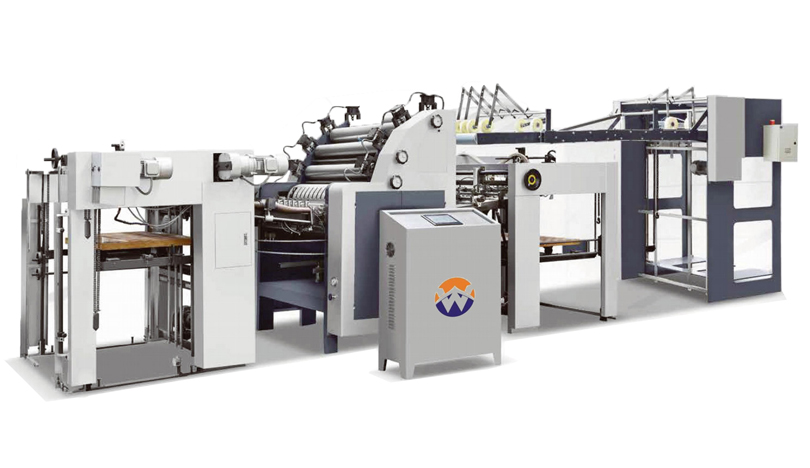
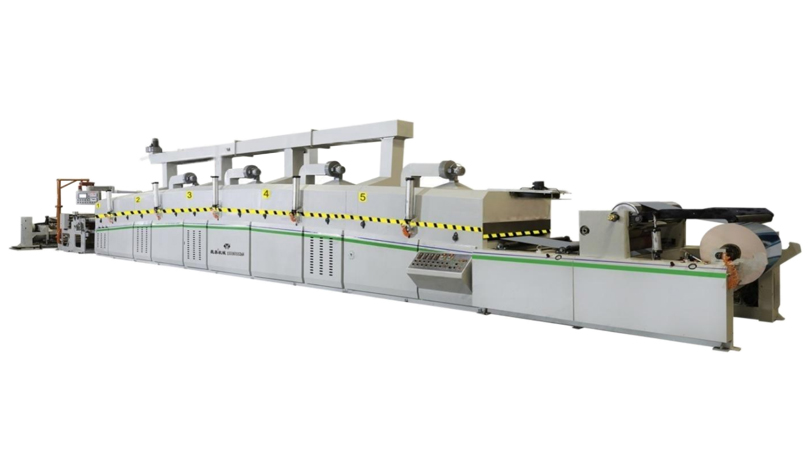
.jpg)
